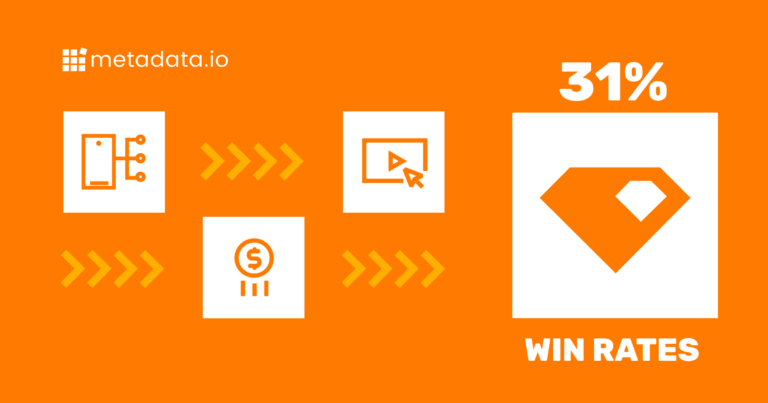By Marketers, For Marketers ep 3: Social & Relationship Marketing
On the third episode of By Marketers For Marketers, Jason and Korina Edwards, Head of 7 at Matter Made, talk social marketing and selling.
What is social selling or marketing?
Social selling is being behind a brand enough to recommend it to your network and friends. It comes with a big responsibility: you should only advocate for what you’d use yourself. Peer recommendations are more important than ever, and can be the deciding factor when you’re being pitched two similar products. They’re also valuable beyond making purchases–more and more, peer recommendations are given weight when to comes to hiring, as well as making personal choices.
When it comes to making a big decision, you want to have a prior relationship with the company or person you’re doing business with. Do they have similar values? Do you hit it off? When you have a relationship, you trust them to sell you something that works well and is also the right fit for you. It’s way too common for sales reps to just focus on why a product is great, rather than focusing on what’s most relevant to your company. When you have a relationship though, you know that the other person has your best interests at heart.
How can a salesperson build this type of relationship?
The most important factor is time. It’s obvious when someone is in a rush to educate you on a product, rather than learning about your problems. Because we’ve become desensitized to this sort of pitch, we’re much more likely to respond to something personal that cannot be automated. A good salesperson puts in the work to understand you, for instance by insightfully engaging with things you’ve said about yourself. When they demonstrate this sort of care, you’re also more likely to put in the time to get back to them. Then, the first call is getting to know them genuinely and telling them about your challenges, rather than rushing into a demo. Slowly, the representative should build a package that’s molded to your needs. Once they’ve done the work to know that you need the product, they can say with conviction how it will help you, and now you will trust that you’re a good fit.
When you’re younger in your career and find yourself in a leadership position, it’s important to emphasize that the quality of your interactions outweighs quantity. Relying on automation tools is poor leadership.
How do you get to a place where you have enough customers sharing your product?
B2C’s always have influencer marketing programs. Influencers are people who are trusted. They have a reputation for being knowledgeable and aware of their audience. Because of this relationship, good influences are able to promote things they KNOW will help people, rather than any sponsorship that comes their way.
We’re slowly seeing this more in B2B. As you build your network, people are listening to you, and you’re building trust as you give recommendations and advice. You’re not selling a product directly, but if you have trust, people might give it a look your company a look anyways. They will associate the product with you: it’s probably smart, well-researched, and genuinely helpful. This is a new approach for sales, but not for marketers, who have always made it their mission to understand the problems of the people they’re trying to help
What’s the right balance of automation vs direct selling?
Whichever is more work will give you the better conversion rate. It’s also important to keep in mind though that automation will work better in different industries. Read the room. Martech selling looks different than selling to mechanical industry leaders. Marketing to marketers is hardest, because we know all the tricks and its hard to impress us.
For best results, you want happy medium. Automation might work fine if you are selling something inexpensive that a customer might not think twice about. With higher ticket accounts and more expensive products though, more time and quality research is needed, because your customer is making a big decision. Many of us are right in between, slightly above ecommerce. It’s a strange place to be because people think about their decisions, but don’t need everything to be personalized. Here, your inbound to outbound ratio should be more heavily weighted towards inbound.


